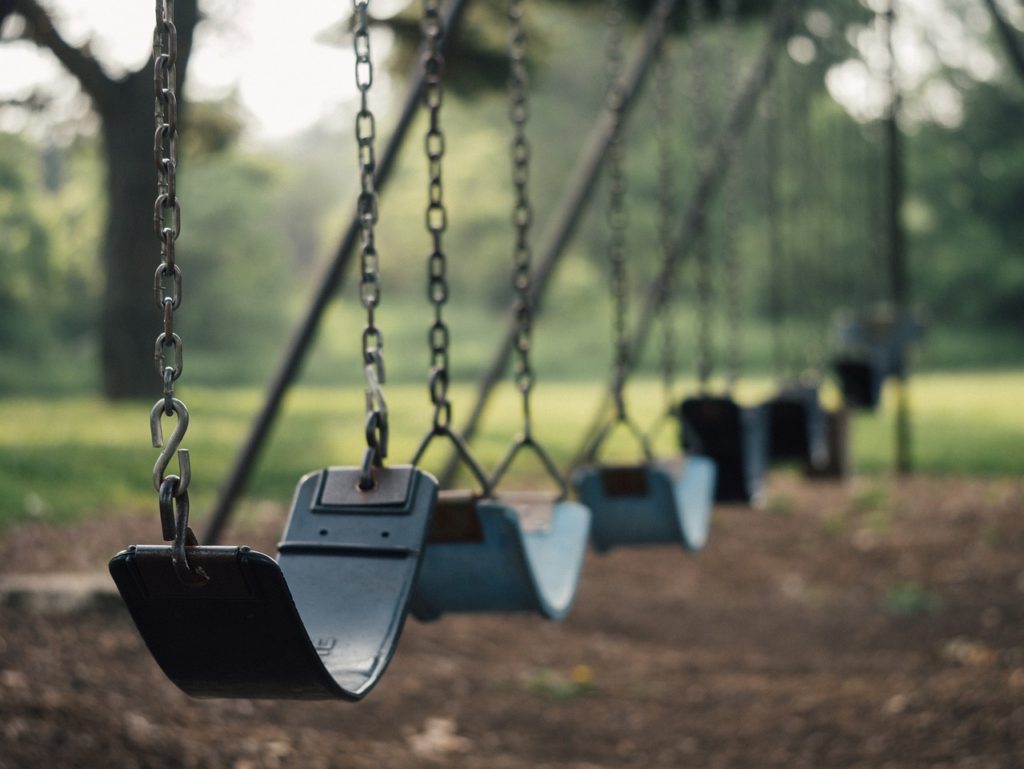Scandanavia’s educational system is touted as the best in the world. Finish schools are sucessful for many reasons.
- No mandated standardized testing. Results are not published.
- Government officals in charge of schools are educators
- 30% of kids get special, individual help during the first nine years of schooling
- Less homework, more play
- No rankings or comparisons between schoools and students
- All schools have same national goals
- All schools get teachers from the same national pool with master’s degrees
- No private schools. All schools are publically funded
- All students get free meals
- All students get free health care
- All students get free counseling and psychological services
- The focus is on equity
- Teachers and students spend less time at school and in the classroom
- Compulsory eduacation begins at age seven
- Free preschool for all five-year-olds
- Minimal homework((https://www.smithsonianmag.com/innovation/why-are-finlands-schools-successful-49859555/))((https://www.theatlantic.com/national/archive/2011/12/what-americans-keep-ignoring-about-finlands-school-success/250564/))
One priority of Finnish education that especially stands out is an emphasis on play and free time. All five-year-olds are offered free preschool where the focus is play and socializing, not preacademic skills. Once formal education begins, recess is often.
For every 45 minutes of instruction, Finnish students and teachers take a 15 minute recess break.
The average American school day is six and half hours long.((http://www.businessinsider.com/why-america-needs-longer-school-days-2013-9)) Following the Finnish model, American school children would receive at least an hour and half of recess, yet often the call in the United States to improve education is for longer school days. According to Business Insider, “A new National Bureau of Economic Research (NBER) working paper finds that not only does more time in school lead to higher student achievement on internationally standardized tests, but that any diminishing returns from students getting tired or paying less attention are very gradual.”
Finnish educators report their children are more focused and ready to learn from the frequent breaks. TIMOTHY D. WALKER, an American teacher who taught in Finland, reports in the Smithsonian:
Once I incorporated these short recesses into our timetable, I no longer saw feet-dragging, zombie-like kids in my classroom. Throughout the school year, my Finnish students would—without fail—enter the classroom with a bounce in their steps after a 15-minute break. And most importantly, they were more focused during lessons.
At first, I was convinced that I had made a groundbreaking discovery: frequent breaks kept students fresh throughout the day. But then I remembered that Finns have known this for years; they’ve been providing breaks to their students since the 1960s.
Some schools in the United States do offer more breaks than others, but often they are for longer duration and less often as the Finland model. Some Asian schools follower a similar break pattern where children receive a 10 minute break every 40 minutes. They also report increased focus and attention.
Anthony D. Pellegrini and Catherine M. Bohn studied “The Role of Recess in Children’s Cognitive Performance and School Adjustment”. Walker summarizes his results:
According to Pellegrini, breaks don’t have to be held outdoors to be beneficial. In one of his experiments at the public elementary school, students had their recess times inside the school and the results matched those of other experiments where students took their breaks outside: After their breaks, the children were more attentive in class.
What’s most important is not where kids take breaks but how much freedom we give them from their structured work. When break times are teacher-directed, Pellegrini found, the recess loses its value. It’s free-play that gives students the opportunity to develop social competence. During these times, they not only rest and recharge—they also learn to cooperate, communicate, and compromise, all skills they need to succeed academically as well as in life. The Smithsonian
There are many reasons Finnish schools are successful, many of which would be difficult and replicate quickly in the US. Although state laws dictate the minimum amount of minutes of instruction per grade span, increased break time could be implemented by individual teachers if not school wide at no cost.
Finland spends about 30 percent less per student than the United States. They have a higher graduation rate (93%) and greater rate of students continuing on to higher education. We can learn a lot their model of education.
More frequent short breaks is developmentally appropriate for children. We expect children to remain focused and seated for too long in US schools. Change is simple.
Image: Free-Photos / Pixabay

Leave a Reply